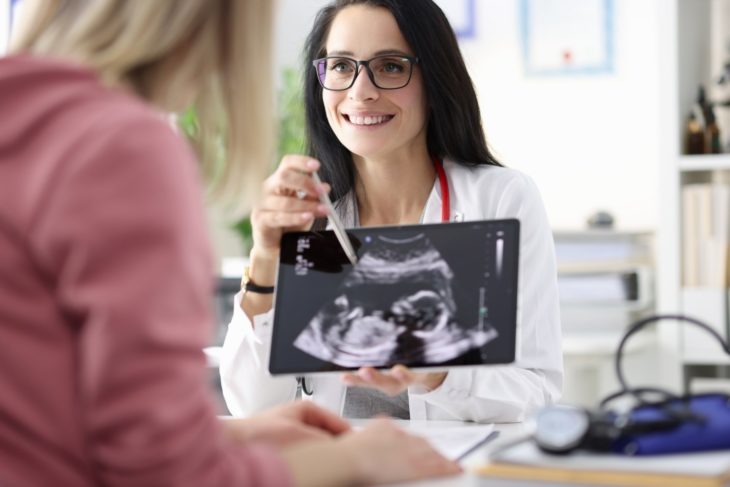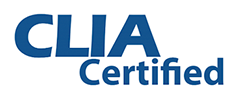
Ovarian stimulation is an important aspect of the overall treatment for infertility. The goal of ovarian stimulation is to harvest as many viable eggs as possible from a woman’s ovaries. By stimulating the ovaries to produce and mature a greater number of follicles/eggs, the odds of developing a healthy embryo for implantation, and thus a successful pregnancy, are greater.
Stimulating the ovaries through the use of medication isn’t without side effects. You run the risk of developing ovarian hyper stimulation syndrome (OHSS), a painful, albeit temporary condition, which typically goes away on its own. For more severe OHSS your doctor will prescribe treatment to prevent any risk to your ovaries. This is why we monitor our patients so closely during this stage of IVF.
Over the years there has been some confusion about the relationship between ovarian stimulation and a predisposition for ovarian cancer or tumors. Recently, researchers have been able to shed some light on the faulty misperception, dispelling the notion of a link between ovarian cancer, tumors and fertility treatment.
According to a new study released by the Journal of the National Cancer Institute, women who receive fertility treatment by way of Advanced Reproductive Technology (ART) are not at an increased risk for developing ovarian cancer due to treatment.
Misinformation Doesn’t Deter ART/IVF
Prior research pointed to a potential increase in women’s risk for ovarian cancer after undergoing ART. The research also showed an increased risk for these women developing non-malignant borderline ovarian tumors. In order to facilitate ovarian stimulation doctors need to prescribe hormonal fertility meds. Researchers incorrectly believed the hormone medication increased the risk for the cancer and tumors.
Even in the face of such misinformation, ART has become increasingly popular since the first “test tube baby” 40 years ago. In fact, ART accounted for 1.9% of all babies born in the U.S. in 2017, according to the CDC. Those statistics are among the top reasons researchers saw the need for a conclusive study on the relationship between ovarian cancer and ART.
New Study Clears Up Confusion
The new study, done in the Netherlands, included 30,625 women who received ovarian stimulation as well as 9988 of those suffering from infertility who did not receive any such treatment. The study followed these participants for a median period of 24 years. Out of the over 40,000 women participants 158 developed invasive cancers and 100 borderline ovarian tumors. In comparing the two groups, no increased risk was shown for those women who received ovarian stimulation, even after two decades.
Giving Birth Helps Decrease Your Odds
Compared with the general population of women, however, those women who had infertility and had ART had a higher risk of ovarian cancer. Researchers concluded this was due to a higher proportion of those women failing to become pregnant, even after the use of ART. One of the strongest risk factors for developing ovarian cancer, according to the authors of the study, is childlessness, or nulliparity, a medical term which is used to define a woman that has never given birth to a living child.
The study also found that women who have successfully given birth to a larger number of children after ART had a significantly decreased risk of developing ovarian cancer. In a way, ART decreased the risk of ovarian cancer, if the outcome was a live birth. This is an interesting and reassuring finding and one that has not been in the spotlight before which does clarify the true risk of cancer in women with infertility.
Over the Long Term and Other Considerations
The research showed the risk for borderline ovarian tumors nearly doubled in women who had ART compared to those who were infertile and declined ART, and the general population. However, the risk didn’t rise with additional treatment and the characteristics of the patient and any underlying conditions was thought to be more of a culprit (diagnosis of infertility and nulliparity) rather than ART itself.
According to lead author of the study, Flora van Leeuwen, an epidemiologist at the Netherlands Cancer Institute in Amsterdam, “Reassuringly, women who received ovarian stimulation for assisted reproductive technology do not have an increased risk of malignant ovarian cancer, not even in the long run.”
In Conclusion
Ultimately the take away from the Netherlands study/Journal of the National Cancer Institute is that giving birth is a protective factor when it comes to the risk for ovarian cancer. The risk for invasive ovarian cancer is much greater for those women of nulliparity cross the board than for those who have given birth multiple times.
At LA IVF we take your concerns very seriously. If you suspect you’re suffering from infertility and you would like to a clear assessment of your risks, contact the professionals at LA IVF. We offer many options for you to realize your dream of growing a family, safely.










